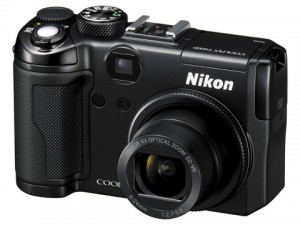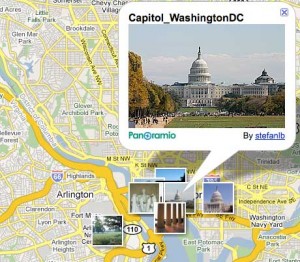 Google has virtually made all of its money from AdWords. Those are those little ads to the right when you search on Google listed under Sponsored Links. Every time an ad is clicked, Google is likely getting somewhere between $0.10-$1.00. It is the ad owner that pays Google for each and every click. The advertiser defines the ads and bids on keyword search prices. But are the results really worth it?
Google has virtually made all of its money from AdWords. Those are those little ads to the right when you search on Google listed under Sponsored Links. Every time an ad is clicked, Google is likely getting somewhere between $0.10-$1.00. It is the ad owner that pays Google for each and every click. The advertiser defines the ads and bids on keyword search prices. But are the results really worth it?
The shortest answer to that question can be found in the real search results. When you search for your keyword phrase on google right now, do you show up in the top 3 pages? If so, then you probably shouldn’t even consider AdWords. In my experience, visitors that come through an ad link are far less likely to buy than a visitor that comes through the normal search results. I believe that’s because visitors consider the ads to be junky. They trust the real search results more so if you come up well there, that’s far more valuable and you pay nothing for those clicks.
If you are nowhere to be found in the search results on google.com, then AdWords may be able to help you but there are a few things to worry about. A very disturbing thing seems to have happened with Google AdWords this year: price increases. The system is supposed to be an open bidding process. You would think that means you bid whatever you want and then you show up worse if you bid poorly relative to competition. Unfortunately, Google sets minimum bids and if you don’t bid high enough, you won’t show up at all! This mob-like mentality goes against the Google credo “do no evil.” On several occasions, I’ve seen keywords that had low bid prices but were showing in the top 3 ads on average but then get their minimum bid requirements increased. Considering the ads were already showing well, it makes no sense for the minimum bid to be increased unless Google is doing something it shouldn’t be. There should be no minimum bid prices. If you bid relatively low, your ad should simply be shown less frequently and lower down. This is my biggest complaint about AdWords by far.
The worst part about all this is Google’s got you. You have only 2 choices: advertise with them or advertise with no one. They dominate the online search market. Competitors like Yahoo are sadly a joke. My advice is to make sure your site has the keywords you care about repeatedly. Then make sure you submit your url to Google so it can show up in search results. To help your search result placement, you can add your site to directory sites such as the most popular dmoz.org. AdWords may be worth it for some but they will never be as valuable as simply coming up on the first page of the real search results.

.
 But the feature that interests me most is geotagging. The camera has a built-in GPS which allows it to embed the location of the camera in every shot.
But the feature that interests me most is geotagging. The camera has a built-in GPS which allows it to embed the location of the camera in every shot. Google has virtually made all of its money from
Google has virtually made all of its money from